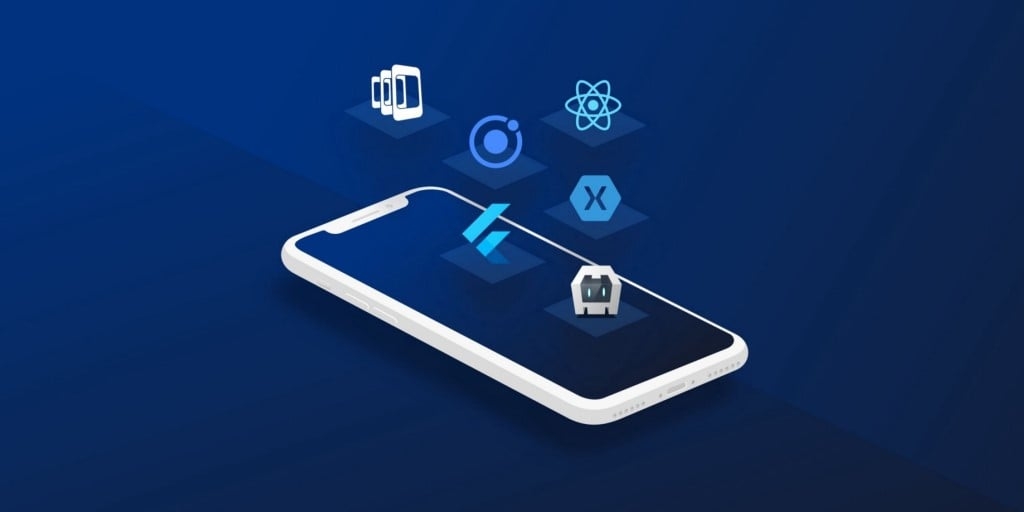Introduction
Starting a new business is like setting off on an exciting adventure. But before diving headfirst, wouldn’t it be great to test the waters first? That’s exactly where an MVP—Minimum Viable Product—comes in. An MVP is a stripped-down version of your product with just enough features to attract early users and validate your idea. This helps startups save time, money, and resources by focusing on what truly matters.
Understanding MVP Development
An MVP isn't just a prototype; it's a functional product designed to test assumptions and get real user feedback. Unlike a full product loaded with features, an MVP zeroes in on core functionalities to solve a specific problem. This approach lets startups pivot quickly based on real market responses rather than guesswork.
Why Choose Canadian App Developers for Your MVP
Canada has emerged as a tech powerhouse, with cities like Toronto, Vancouver, and Montreal buzzing with innovation. Canadian app developers bring technical expertise, cultural diversity, and a strong work ethic to the table. Plus, companies like Devherds Canada have carved out a reputation for delivering stellar app development services that combine creativity and efficiency. Choosing Canadian developers means you get a partner who understands both local and global markets—vital for scaling your startup.
The MVP Development Process
Building an MVP might seem daunting, but breaking it down step by step makes it manageable.
Step 1: Idea Validation
Before coding, test if your idea solves a real problem. Use surveys, interviews, or landing pages to gauge interest. This step weeds out assumptions and sets a solid foundation.
Step 2: Market Research
Knowing your target audience inside out is crucial. Analyze competitors, study user behavior, and understand market trends to position your MVP effectively.
Step 3: Defining Core Features
Less is more here. Focus on features that deliver maximum value with minimal complexity. Prioritizing is key—avoid feature bloat.
Step 4: Designing the MVP
Design is not just about looks; it’s about user experience. Wireframes and mockups help visualize the app, ensuring intuitive navigation and appealing interfaces.
Step 5: Development and Coding
With a clear roadmap, developers start building the MVP using agile methodologies for flexibility. Choosing the right tech stack is critical—this is where Devherds shines with its expertise.
Step 6: Testing and Feedback
No product is perfect out of the gate. Rigorous testing followed by real user feedback helps identify bugs and refine functionalities.
How Devherds Canada Stands Out in MVP Development
What makes Devherds Canada a top choice? It’s their blend of technical skill, client-centric approach, and passion for innovation. Their team works closely with startups, offering customized solutions that fit specific needs. From ideation to launch, Devherds ensures your MVP not only works flawlessly but is scalable for future growth.
Common Challenges in MVP Development and How to Overcome Them
Every startup faces hurdles:
-
Scope Creep: Avoid adding unnecessary features mid-development by sticking to your MVP plan.
-
Budget Constraints: Prioritize spending on core functionalities first.
-
Time Management: Set realistic timelines and use agile methods for timely delivery.
Cost Estimation for MVP Development in Canada
Costs vary depending on complexity, technology, and developer rates. Generally, Canadian MVP development can range from $15,000 to $50,000. Partnering with reliable companies like Devherds Canada ensures you get the best ROI without hidden costs.
Post-MVP Steps: What Next?
Launching your MVP is just the beginning. Analyze user feedback carefully, plan feature upgrades, and prepare to scale. This phase transforms your startup from an idea into a thriving business.
Conclusion
Building an MVP is a smart, efficient way to launch your startup. By collaborating with skilled developers like Devherds Canada, you get a product that’s built to succeed in today’s competitive market. Remember, the key is to keep it simple, test often, and evolve based on real user insights.







